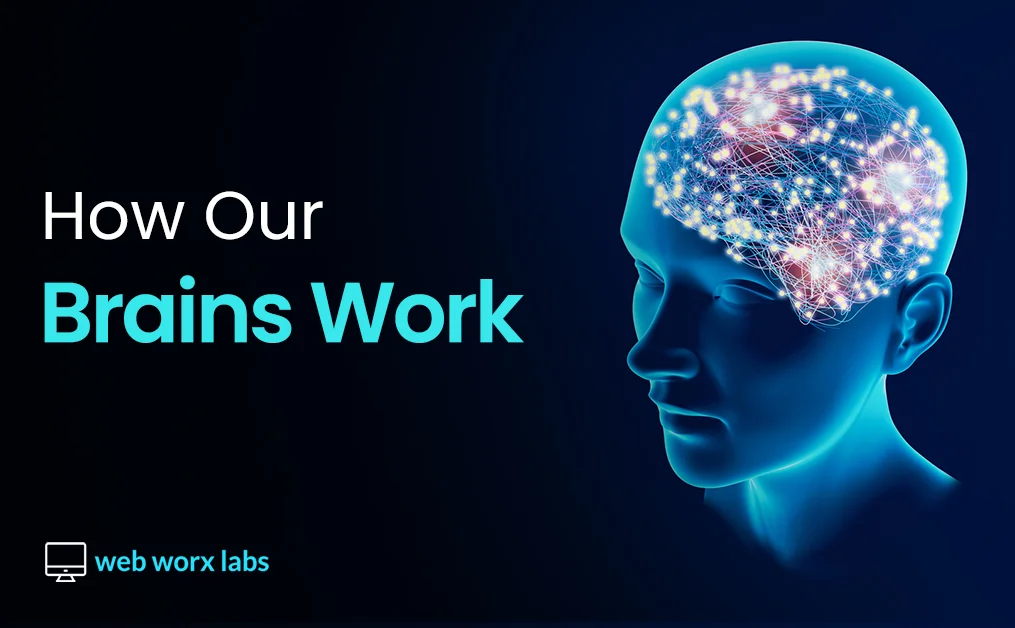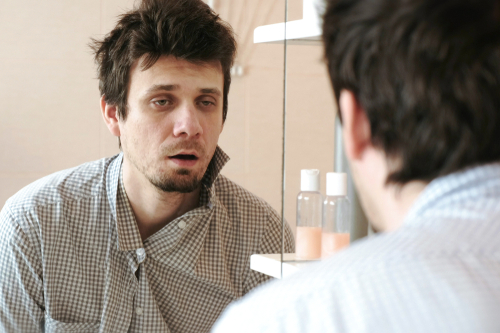How Our Brains Work
My Morning Coffee Routine
I want to take some time to explain how marketing, directly and indirectly, impacts consumer behaviour, attitudes, and purchases.
This is quite powerful if done right.
To help explain this better, I am going to walk through my morning coffee routine to work.
Who doesn’t like stories?
I wake up in the morning and I am already struggling out of bed.
My brain is still in sleep mode and wants me to keep sleeping.
It is taking all that time and energy to fight off sleep and bring the conscious engine to start warming up again.
I know from habit and experience, I need a kick-start.
Coffee comes to mind.
Because I live in the GTA (in Canada) and near my house, there are literally 5 Tim Hortons within 5 km –Tim’s cursive logo comes to mind.
At this time, it is like a beacon in my mental haze that is guiding my limited motor skills and half-functioning brain towards it.
(This is not me – but I am a zombie most mornings)
I roll into the shower, put on my clothes and drive on over.
I get in the drive-through, I get my coffee without thinking and I am on my way.
I did this for most mornings to work before my kids added a few extra steps.
It was like an auto-pilot.
How did I do this? Why did I form this habit?
My coffee search experience has key benefits where brands have played a key role in forming this habit.
But before connecting my coffee experience with marketing, let’s go back to why I had behaved this way for so many years.
How our brains work
We need our memories to store past experiences.
It also is constantly fighting and creating filters from all the crazy sensory data it is receiving from its five senses and only letting the important ones come to the forefront and become part of our memory system.
This exercise and efficiency come at the expense of the energy required by the brain. We manage this overload by only storing pertinent and useful details to keep ourselves alive and happy.
We store memories for these reasons.
I remember and cherish my kids’ birthdays. My social security number. My important passwords and phone numbers.
I remember the nice salad I had at an Italian restaurant last week.
The impactful experiences we remember. Whether it is getting sick or getting hurt. Or it’s enjoying a meal. My first job. My first best friend.
I memorize some things that are connected with my well-being. I plant to memory some things and other things I remember inadvertently.
Our brain protects these memories to keep us stable.
Other memories go into autopilot and routine.
Routine helps with preserving energy and cognitive overload.
Anything that can be used to make it easier to connect and meet our needs in auto-pilot, the better it is.
Our brain’s broader memory network takes advantage of the knowledge that we have built up and uses it each time we meet a problem. The solution is recalled automatically depending on the problem (i.e., getting coffee) or possible new scenarios are played out with higher alert levels depending on the degree of danger to ourselves and the urgency of the problem.
How can brands take advantage of how our brains work?
Why did I remember Timmy’s in the morning say instead of Starbucks (even though I actually enjoy Starbucks’ dry cappuccino more)?
It’s because the brand gurus at Tim Horton’s helped me with developing these conditions where the routine could be formed, and we could go into auto-pilot mode.
To achieve this is no easy task.
You would need to invest in physical availability – i.e., 5 Tim Horton’s in 5 km of my house.
You would need to make it a pain-free and quick experience given my sleepy brain refusing to wake up – i.e., 30 seconds through a drive-through since the order and I am out with my morning addiction.
You would need to deliver on a decent experience for me to keep coming back. The product taste (meh), the super quick drive-thru, the low price, the consistent packaging, branding, and sufficient variety to make it easy for my brain to remember.
All of these are crucial.
All of these are major investments that the marketing and leadership team invested in consistently over decades to achieve this auto-pilot story I shared with you today.
This company has reached a very high brand salience in Canada.
Here is an image from the World Coffee Portal that talks about the different coffee brand’s market share. Tim Horton dominates at 54% in Canada.
Image Source: Snippet from a news article on World Coffee Portal.com
It did so by investing in:
- Physical availability (network of stores easily accessible)
- Mental availability (easy to remember and consistent branding throughout the years)
- Keeping freshness factors high for recall (I see them everywhere, in skating arenas, ads, gas stations, events and you name it)
All of these are marketing activities that build the brand.
It’s only getting harder to stay fresh
If brands are not investing in physical availability, freshness factors, and mentor availability – they will have a hard time growing.
This is especially true for B2C brands. But it is increasingly true with B2B brands.
Brands need to invest in creatives, assets, and processes to always make it easy for their customers or clients to do business with them.
If you are a B2B business, how can you make your processes easier so that even complex deals can be broken down into sub-tasks and activities so you can have your customers buy online initially as the first step to a bigger contract?
If you are a B2C brand manager – how can you keep your freshness factors high where your brand is top of mind consistently so when the consumer is hungry, looking for shoes or general merchandise – your brand is the one they consider?
As shown in the story above – it is by investing in building your assets that are creative, speak directly to your customers so they can form memories for brand recall.
To form memories where your brain is always looking to filter out noise, your creative assets and marketing have to be far above the ads, social and other messaging than most other brands in.
We see thousands of ads in a day. The last study done was back in 2007 and it showed we did on average 5000 ads a day at that time. There has been no recent study after that (and I checked).
I cannot recall more than five of them if I try.
Image Source: Web Archive From NY Times Article in 2007
The five ads I did remember are the ones that made an impact.
Taking shortcuts in building brand assets is going to make it harder for your brand to be found.
Growing becomes harder.
That’s why most businesses fail. They are not able to appeal to enough new customers before they run out of cash to cover their expenses.
The cause of not getting found is because their marketing strategies are focusing on short-term wins instead of long-term brand plays.
For brands to sustain and gain a level of salience required that big brands have achieved will require investments.
If you are looking to gain customers and you are in the short-term to get quick wins and that is taking 70% of your marketing expenses, your business will likely suffer over the long term.
Invest in assets, messages, and brand experiences that will help with forming habits and memories.
(Oh, and Tim Horton’s marketing team – you are welcome for the free exposure in my blog).

From a start-up helping local small businesses, over a span of 5 years, Usman has built Web Worx Labs to be a leading provider of digital marketing solutions that employs 15+ full-time employees and has customers in over 30 countries.
Outside of work and his passion for all things digital, Usman is a proud father of three, loves running and is an avid reader.
Follow Usman on LinkedIn or Twitter as he is always sharing tips on strategy, branding, marketing and analytics.


